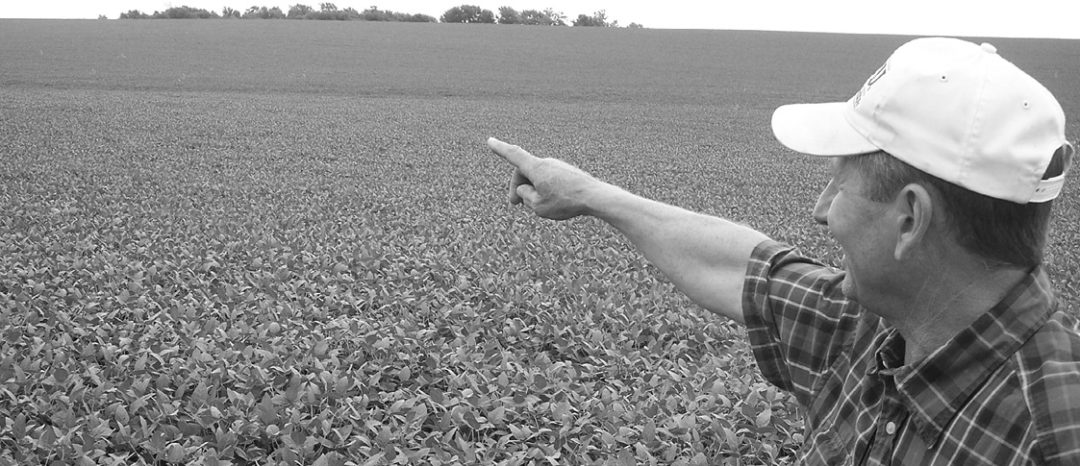No-Till Farmer
Get full access NOW to the most comprehensive, powerful and easy-to-use online resource for no-tillage practices. Just one good idea will pay for your subscription hundreds of times over.

Name: Don Oostenink
Location: Hull, Iowa
Years Of No-Tilling: 18
Acres No-Tilled: 1,300
No-Tilled Crops: Corn, soybeans
When I started no-tilling in 1989, I didn’t really understand many of the benefits, such as much-improved soil quality, that I would see later on. I was truly sick and tired of the big washouts and cuts left in my tilled fields after heavy rains. I just wanted to stop the erosion.
An excessively dry growing season in 1988 finally tipped the scale. I had read that many no-tillers picked up the equivalent of 3 inches of extra rain by not exposing their soil to wind and sun. When you’re eating dust every day in tilled fields, that sounds really good.
Before switching to no-till, we often made at least three tillage passes in an effort to get a smooth seedbed. What we were actually doing was creating big, wet chunks of soil if the field was wet, or dust if the ground was dry. Usually, we had no idea of how deep we were planting and our yields were inconsistent, to say the least.
Since those early days, I’ve learned a lot about what it takes to create uniform, mellow seedbeds for a continuous and successful no-till system. For my farms, key words are drainage, timely planting, trash management, nightcrawlers, balanced fertility and patience. Patience is often the hardest part.
Success does not come overnight. In fact, it took me about 6 seasons to really see the full benefits…